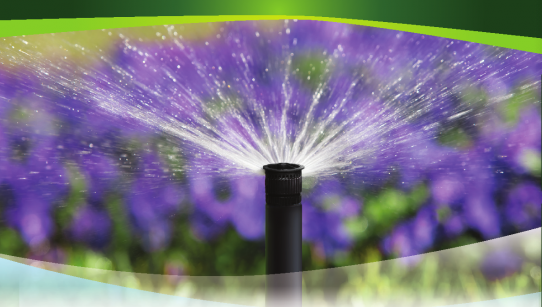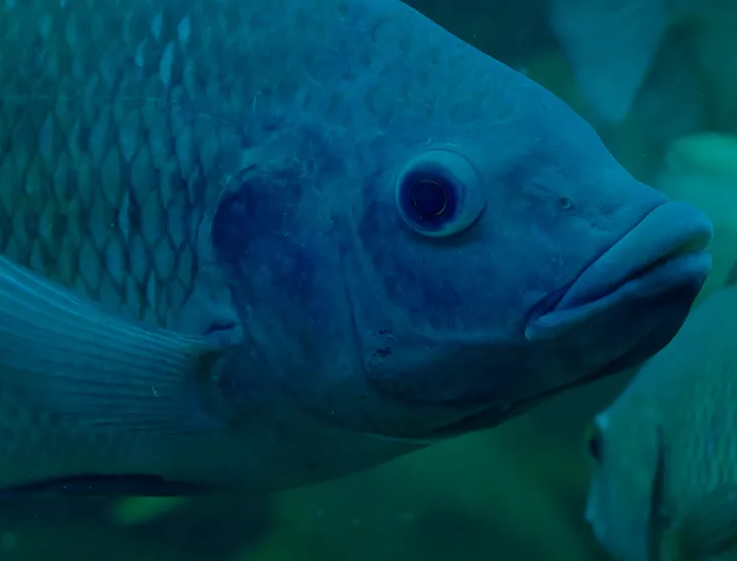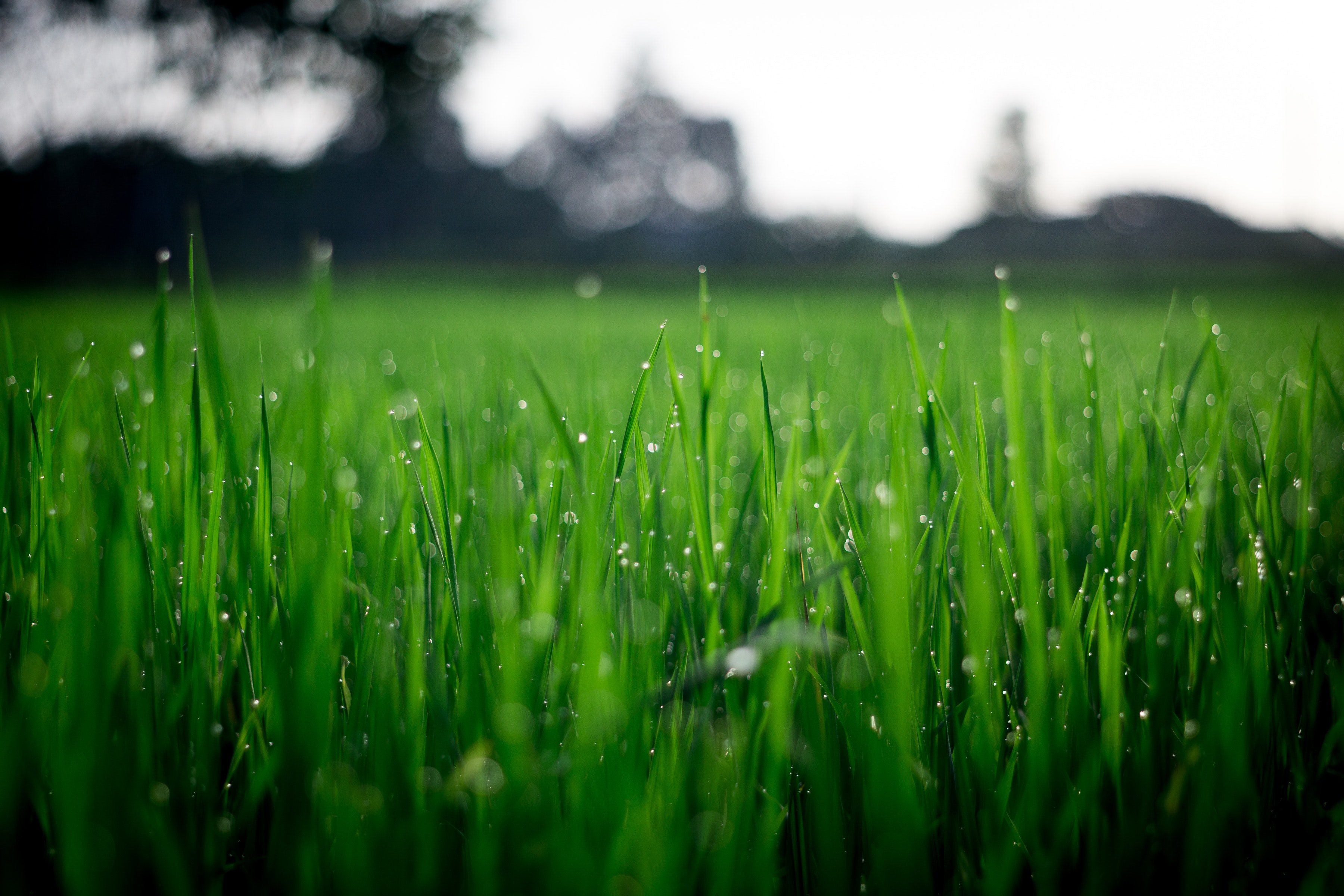New drip irrigation advances promote sustainable farming
New drip irrigation advances promote sustainable farming
Drip irrigation is an essential tool for promoting
sustainable farming practices. It provides a highly efficient means of
delivering water and nutrients to crops while reducing water usage and costs.
In recent years, new advances in drip irrigation technology have emerged,
further improving its sustainability benefits. In this blog, we will discuss
some of these new drip irrigation advances that are promoting sustainable
farming.
Precision
Drip Irrigation
Precision drip irrigation is a modern irrigation technique
that uses advanced sensors and controllers to deliver water to crops with high
precision. This technology ensures that the right amount of water is delivered
to the crops at the right time, based on factors such as soil moisture, weather
conditions, and plant water usage.
Precision drip irrigation systems typically include a
network of sensors that monitor soil moisture, air temperature, and other
factors. The data from these sensors is then used to adjust water delivery
rates in real-time, ensuring that crops receive the right amount of water
throughout the growing season. In addition to providing highly efficient water
delivery, precision drip irrigation systems can also be used to deliver
fertilizers and other nutrients to crops. This further improves crop yields and
quality while reducing the overall amount of fertilizers needed, minimizing
environmental impact.
Subsurface
Drip Irrigation
Subsurface drip irrigation (SDI) is a type of drip irrigation system where
water is delivered to plant roots through buried drip lines. Unlike surface
drip irrigation, which delivers water above the soil surface, SDI systems
deliver water directly to the root zone, reducing water loss due to evaporation
and improving water use efficiency.
In an SDI system, drip lines are buried at a depth of
10-30cm below the soil surface, and water is delivered through small emitters
that are spaced at regular intervals along the lines. This approach ensures
that water is delivered directly to the plant root zone, where it is most
needed, and reduces the risk of water loss due to wind, runoff, or evaporation.
Drip Tape
Drip tape is a type of thin-walled, flexible tubing used in drip irrigation
systems to deliver water to plants. Drip tape is typically made of polyethylene
material, which is resistant to UV radiation and can withstand exposure to
weather, chemicals, and other environmental factors.Drip tape is designed to
have small, evenly spaced emitters or drippers embedded along the length of the
tape. These emitters release water into the soil at a slow and steady rate,
ensuring that water is delivered directly to the root zone of plants without
wastage due to evaporation, runoff or wind drift.
One of the major benefits of using drip tape is that it enables farmers to deliver water and nutrients directly to the root zone of plants, minimizing water waste and increasing the efficiency of water usage. Additionally, drip tape can help reduce labor and maintenance costs compared to other irrigation systems, as it requires less equipment, is easier to install and can be used for multiple growing seasons. Another advantage of drip tape is that it can be used to deliver fertilizers and other nutrients directly to the root zone of plants. This allows farmers to minimize fertilizer use, reduce nutrient runoff, and improve plant growth and yield.
Solar-Powered
Drip Irrigation
Solar-powered drip irrigation is an innovative approach to irrigation that
harnesses the power of the sun to deliver water to crops in a sustainable and
cost-effective way. In this system, solar panels are used to generate
electricity to power pumps that move water from a source, such as a well or a
reservoir, to the drip irrigation system.
Solar-powered drip irrigation is a promising technology for promoting
sustainable agriculture, as it reduces the reliance on fossil fuels, conserves
water, and improves crop yields. As the demand for food continues to rise and
water resources become increasingly scarce, solar-powered drip irrigation can
play a critical role in ensuring a sustainable food supply for future
generations.
Multi-Layer Drip Irrigation
Multi-layer drip irrigation is a modern irrigation technique that involves
using multiple layers of drip tape or tubing to deliver water at various soil
depths, which helps to optimize water distribution and plant root development.
This technique is particularly useful in crops with deep root systems or
shallow-rooted plants, allowing water and nutrients to reach their desired
depths in the soil profile. Additionally, multi-layer drip irrigation systems
are highly efficient, reducing water waste and maximizing crop yield while
promoting sustainable farming practices.
In conclusion, these innovations in drip irrigation are
helping to make agriculture more sustainable by reducing water waste,
increasing efficiency, and improving crop yields. As the demand for food
continues to increase, it is essential to adopt these and other sustainable
farming practices to ensure a stable and healthy food supply for future
generations.







.png)




No comments yet